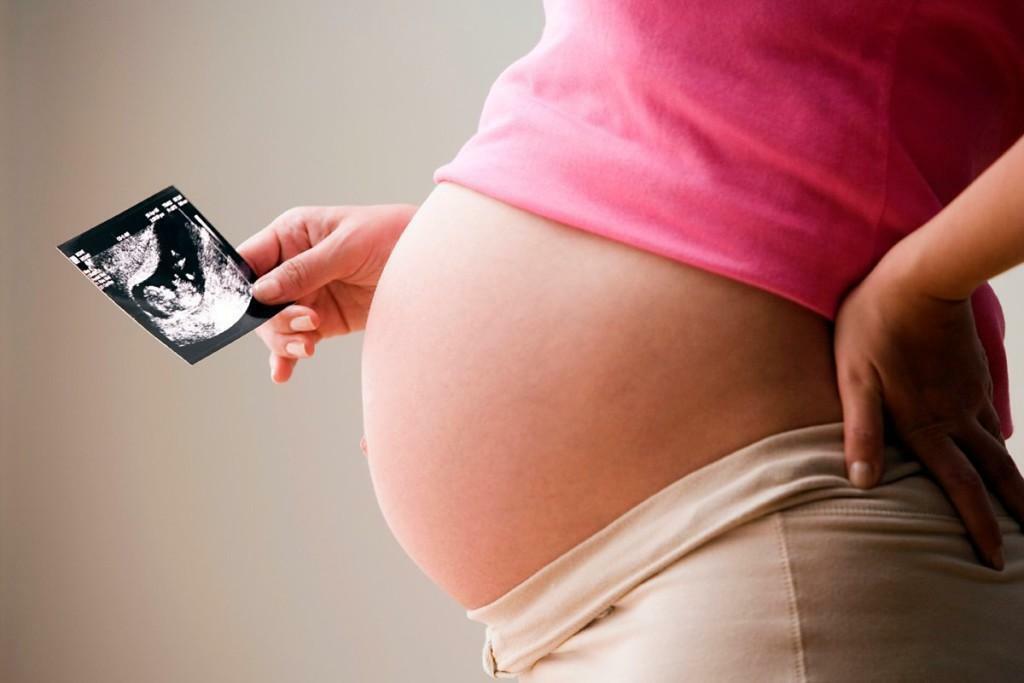mouse fever (Hemorrhagic fever with pronounced renal insufficiency or HFRS) - viral natural focal disease with an acute course, which is characterized by severe intoxication of the human body and strong renal disease, emerging against this backdrop feverish phenomena.
GENERAL
Most often, hemorrhagic fever mouse infected after contact with some species of small rodents (mice, voles, rats, bats), hence the name of the disease. The main carrier this disease - red backed vole (Myodes glareolus).
Basically mouse fever prone villagers aged between 16 and 55 years, more often - men. the disease also often subjected to the tourists. During outbreaks clearly seen all the signs of the season - the peak incidence yearly accounts for the period from early May to mid-October.

Facts about the disease:
- The causative agent of murine fever - hantavirus (Hantavirus) family of Bunya-viral microorganisms.
- The greatest number of natural foci of disease falls on lime wood.
- Russian Federation, Volga and Ural region - the territory with the highest number of reported cases of the disease.
- The incubation period of the fever is from one to seven weeks, usually - three weeks.
TRANSMISSION VIRUS
In adult mouse fever can manifest itself mainly by eating unwashed products with particles of rodent excreta.
Three main routes of transmission of the disease is allocated in the medical practice.
transmission path:
- Airborne dust. If a person inhaled dust contains a large amount of excrement of rodents, there is an infection.
- alimentary. Drinking contaminated water and food.
- Contact. Infection occurs by contact with the damaged skin infected objects.
Transmission from an infected person to a healthy practice was not fixed.
CLASSIFICATION OF DISEASES
Murine fever characterized by the following method.
By steps:
- feverish - the initial stage is characterized by pronounced symptoms, all signs of the disease manifest themselves in a period of one to four days.
- oliguric - This period is characterized by a progressive course of infection and a sharp deterioration in the patient's condition. This stage is the most dangerous to human life.
- Poliuricheskaya - at this stage of the disease recedes, symptoms become less severe.
- stage rekonvalestsenstsii - a period characterized by a gradual recovery.
The disease may be mild, moderate and severe forms.
SYMPTOMS
The rapid rise in body temperature to around 40 degrees and severe fever attacks may be the main symptoms of fever mouse.

Other symptoms include severe headaches allocate permanent and vomiting. Other symptoms may occur, depending on the state of the immune system of the patient, his age and gender.
Other symptoms:
- low blood pressure;
- manifestations of cutaneous rash;
- increased sensitivity to light;
- bleeding in the eyes;
- nosebleeds that are hard to stop.
A young child due to a poorly developed immune system to the above symptoms can be added chills, severe muscle pain and a dramatic deterioration of vision.
Signs of a mouse fever in both men and women can also be an unquenchable thirst, the constant dryness in the mouth, as well as a pronounced pain in the lumbar region.
Symptoms oliguric stage:
- severe dehydration;
- acute renal failure;
- conjunctivitis;
- anuria;
- unnatural swelling of the facial region;
- minor bleeding under the skin;
- circulatory disorders in the brain;
- rave;
- Poison shock.
In men, the symptoms of a mouse fever can manifest itself in the form of sexual dysfunction and bleeding from the gums.
At the first sign of fever mouse to find all the possibilities for quick referral to a specialist, as the disease can be fatal.
DIAGNOSTICS
Basically, the disease is diagnosed by its characteristic symptoms, but in some cases, to differentiate the disease from other similar use laboratory diagnostics: general and complete blood count, biochemical urinalysis, serological tests and PCR analysis.
In some cases, infectious disease specialists may be assigned to identify the virus analysis.
TREATMENT
In humans, the symptoms are treated in a hospital hospital under constant supervision of an infectious disease physician. The patient must comply with strict bed rest and follow a special diet with plenty of vitamins.
Medication:
- Isotonic solutions.
- Antihistamines.
- Antipyretics.
- Analgesics.
In severe, namely, with a strong renal failure, sometimes in the case of severe infectious-toxic shock, the treatment process is transferred to the intensive care unit. Patients were allocated to drinking large amounts of glucocorticoid agents, dialysis and blood transfusion.
COMPLICATIONS
Keep in mind that the symptoms of murine fever in adults - a reason for the urgent treatment in a medical facility. Untimely medical care leads to serious consequences, which in 20% of cases end fatally.

Dangerous complications:
- pathology in the kidney;
- kidney discontinuities;
- cardiovascular problems;
- severe pulmonary edema;
- bilateral pneumonia.
PREVENTIVE ACTIONS
The natural foci of infection is difficult to avoid due to the high probability of accidental contamination during the work in the fields, hunting and camping trips, but the symptoms and Treatment of murine fever is not difficult from a qualified medical professional, especially one who periodically faced with the manifestations of disease.
To avoid the symptoms of the disease, should take special care to use products, which are stored in a location easily accessible to rodents. Such products should be washed thoroughly before use, give away the heat treatment.
Villagers who are constantly working in the fields, it is recommended to use special protective clothing.
Prevention of murine fever is often done by the destruction of sources of infection - small rodents, and sanitary cleaning of residential buildings from the thickets of grass, shrubs and tall waterlogging.
FORECAST FOR RECOVERY
The consequences of an illness that was diagnosed and treated in time, are not a threat to human health and life.
The forecast for recovery - favorable. Treatment in a hospital on average takes up to 4 weeks. After hospital discharge, a person returns to work without restrictions.
Found a bug? Select it and press Ctrl + Enter



